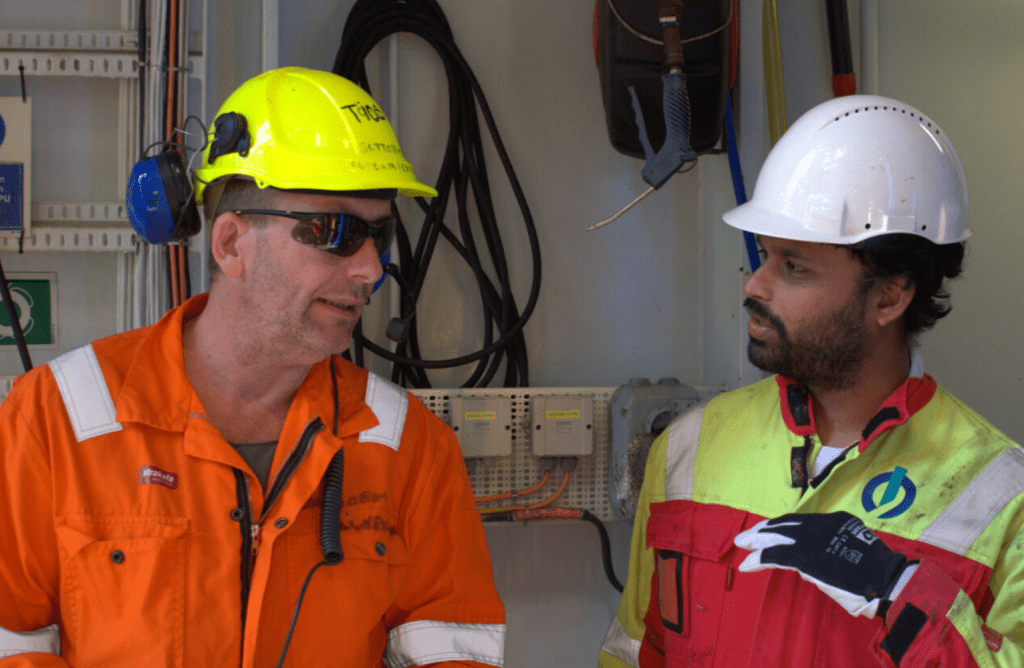A safety audit is a systematic, documented process of ensuring compliance with safety regulations, plans, and results. It determines whether these arrangements are implemented effectively to achieve the organisation’s safety objectives.
Safety auditing is critical to an effective safety management system, ensuring organisations are compliant with regulations, standards, customer, and supplier demands and most importantly the safety of the employees and contractors working for and with the organisation.
What is the difference between a safety audit and a safety inspection?
Safety audits differ from inspections in the sense that they have a broader scope. A safety audit not only focuses on whether something is right or wrong but also investigates the effectiveness of plans, protocols, procedures, and other written material. This means that the results from an inspection can be part of the audit, but the auditor is also expected to look beyond these inspection results.

What are the three types of safety audits?
There are different methods of conducting a safety audit, each with its specific strengths and weaknesses. Different audit strategies can be combined depending on the scope of the audit or the audit plan.
Compliance audits on the other hand focus on adherence to laws, regulations, and standards such as OHSA regulations and the ISO45001 norm for safety management software systems. These audits provide a clear measure of regulatory compliance but may overlook risks that fall outside of the regulatory scope of the audit.
Product- and process audits examine the efficiency and effectiveness of specific safety products or processes within the organisation. They offer a detailed analysis of process performance and identify areas for improvement but may not address the biggest safety risks to the organisation.
Risk-based auditing means auditing one or more organisational risks. The advantage of this method is that resources can be directed to the most relevant organisational risks. In compliance- and process-based audits, the scope of the audit is often to review a set of regulations or processes. However, little to no attention is given to the effectiveness of these processes in achieving the organisational goals.
In conclusion, when conducting a safety audit, it is advisable to adopt a risk-based approach. This ensures that the audit addresses the most critical safety risks within the organisation, thereby enhancing overall safety and aligning audit efforts with organisational goals.

